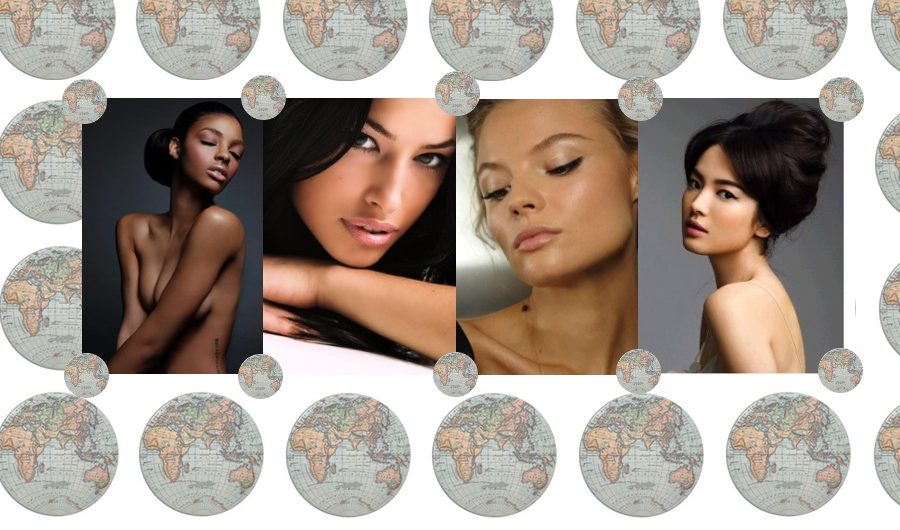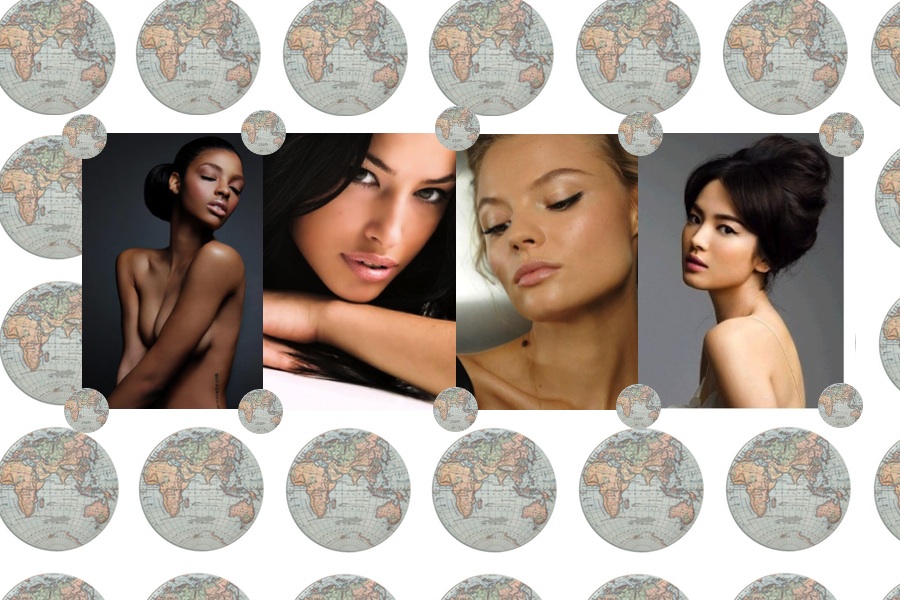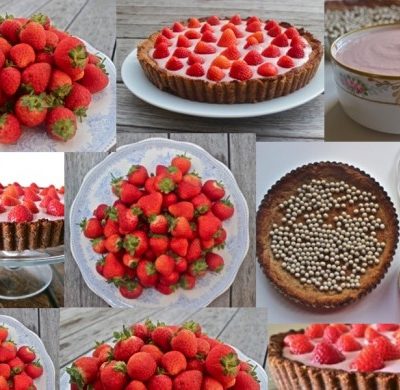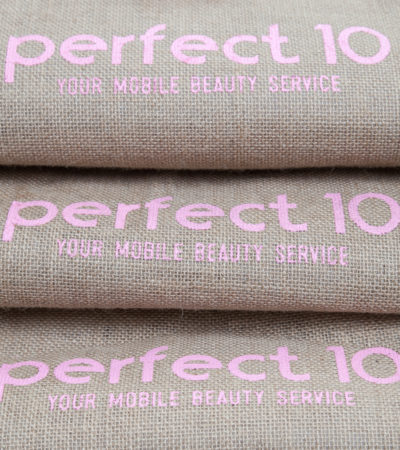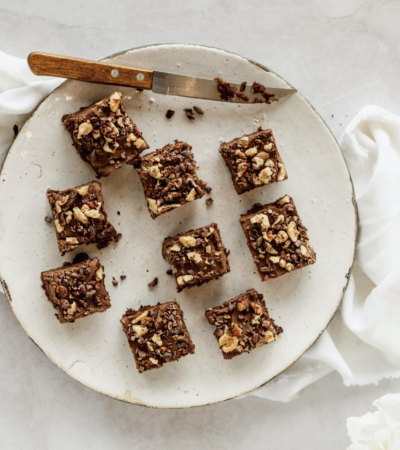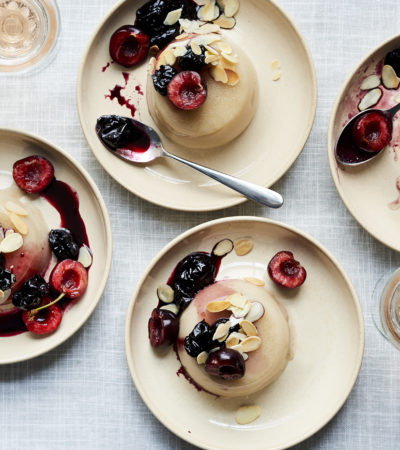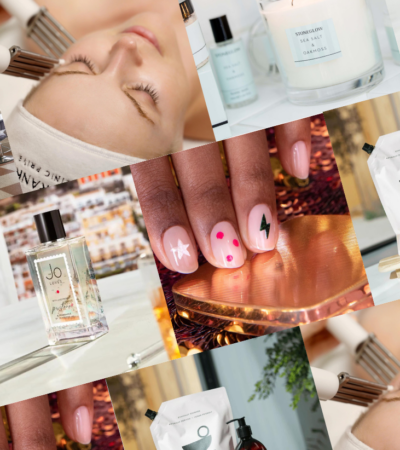words by Skin Expert and Organic Skin Care Range, Nourish, Founder, Pauline Hili
Japan – Eat Until You’re 80% Full and Add Seaweed
When looking for inspiration from around the globe one of the best kept secrets to healthy ageing through our dietary behaviour comes from the Japanese Okinawan population who practice Hara haci bu. This translates to ‘eat until you are 80% full’ and is an Okinawan cultural habit. The Okinawans’ life expectancy is amongst the highest in the world and their practice of stopping at 80% capacity is a smart way of avoiding over-eating as it takes the stomach receptors about 20 minutes after stopping eating to register the level of fullness. Many studies support the theory of reducing the calorific burden on our bodies being linked to longevity and we should all be eating based on nutritional value rather than watching calorific value. It’s better for your skin and your overall health. Also, seaweed plays a big part in the dietary intake of the Okinawanian diet. It’s packed with the broadest range of minerals of any food known on earth as well as lots of anti-inflammatory B vitamins making it excellent for promoting healthy skin. Recent research has focused on a class of chemicals know as fucoidans, which are found almost exclusively in certain kinds of seaweed. These molecules are fast emerging as the anti aging super-heroes and play a role in tissue regeneration, immune function and cell to cell communication. Seaweed is a great regular addition to your diet as fucoidans are not found in any of the common ingredients in our usual Western diets.
Mexico – Discover the Benefits of Jicama
Vitamin C ranks amongst the most important vitamins for healthy skin. Scouring the globe for vegetables with high levels of vitamin C we land in the heart of Mexico where Jicama, an indigenous root vegetable packed full of vitamin C, forms part of the staple diet. It has white flesh and a slightly nutty flavor similar to that of the water chestnut. Vitamin C is crucial to the development of collagen, which is the main structural protein of the skin and it also plays a vital role in the cell renewal process. Top Tip: Not just a nutritionally beneficial food, when used topically, the juice of the Jicama has both moisturising and energizing properties by stimulating the metabolism of the skin’s cells and increases the hydration of the skin.
India – Sprinkle Black Cumin Seeds
Although it is certainly not an excuse to head to your local take-away, the black cumin seeds, which traditionally top the Peshawari naan that accompanies some typical Indian dishes, contain an oil that has been shown to strengthen the hair and finger nails and improve shine when eaten frequently. The oil comes from the seeds of the annual flowering plant native to south and southwest Asia and it has a pungent, bitter taste and smell. But don’t let that put you off as it has a high level of minerals and omega fatty acids and an excellent antioxidant value. Fighting free radicals with dietary defenders is an excellent way of ensuring the skin stays healthier for longer.
Western America – Embrace the Prickly Pear
For those of you looking for an adventurous fruit to add to the fruit bowl to promote great looking skin then look no further than the Prickly pear. This succulent fruit manages to survive and hydrate itself in extremely hot desert temperatures and it provides vitamin A in the form of pro-vitamin beta-carotene, a pigment that protects the health of your eyes and skin. It contains high levels of magnesium and potassium, which plays an active role in maintaining bone health. Getting enough of these minerals along with calcium in your diet may help prevent osteoporosis. Top tip: Topical application of prickly pear juice provides an excellent natural exfoliant to smooth away dead skin layers.

